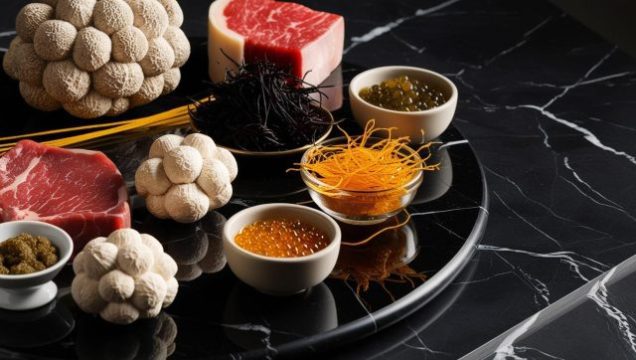Ever wondered what the world’s richest foodies are really eating? From edible gold to century-old caviar, there’s a level of culinary luxury reserved for only the most exclusive tables. In this guide to 10 rare and expensive foods that only the wealthy can afford, we explore some of the most luxurious ingredients on the planet—delicacies that are prized for their scarcity, heritage, and often jaw-dropping price tags. Whether it’s a truffle worth more than a car or coffee brewed from beans processed by wild animals, these extraordinary foods are as fascinating as they are flavorful. Discover what makes them so special, where to find them, and how they’re best enjoyed by the world’s most discerning palates.
10. White Truffles – The Diamond of the Kitchen
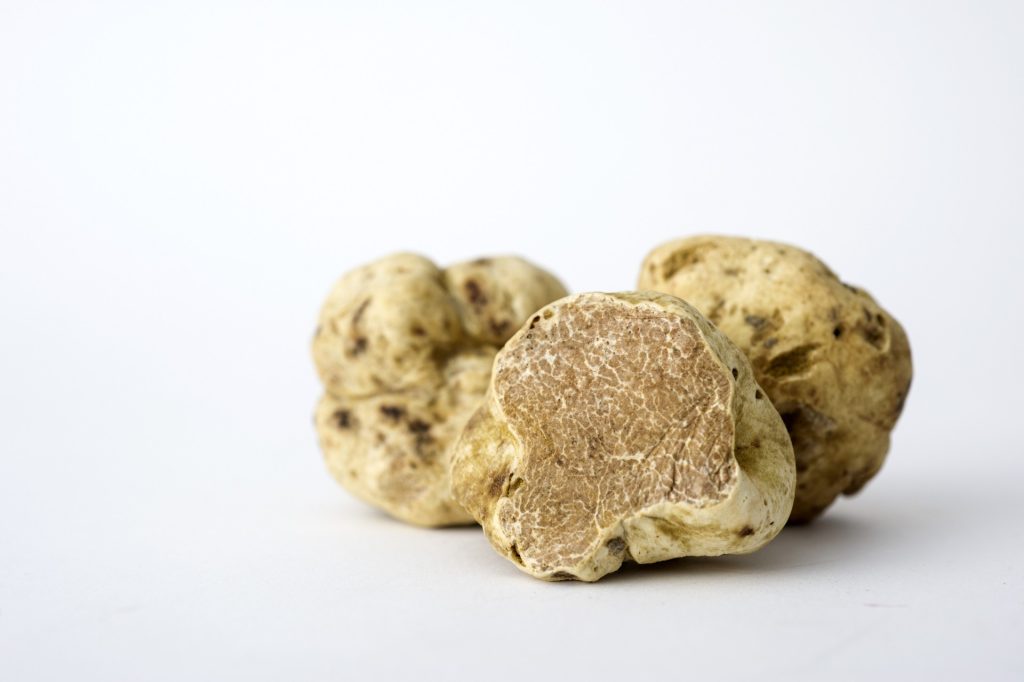
White truffles are among the ten most rare and expensive foods in the world, prized for their intense aroma and earthy flavor. Grown mainly in the forests of Italy and parts of France, these fungi thrive underground, typically found by specially trained dogs.
Where to Buy Fresh White Truffles Online
Fresh white truffles can be purchased from reputable gourmet food suppliers and specialty online marketplaces. To ensure authenticity and quality, it is recommended that buyers seek out verified sellers who source their truffles directly from expert foragers.
How to Store and Cook with White Truffles at Home
White truffles must be stored carefully to maintain their potency. They are best kept in an airtight container, wrapped in a paper towel, and refrigerated. The paper towel should be changed daily to prevent moisture buildup. When cooking, white truffles are usually shaved raw over pasta, risotto, eggs, or steak to enhance their natural aroma. They should never be exposed to high heat, as it diminishes their flavor.
9. Beluga Caviar – The Ultimate Luxury in Fine Dining
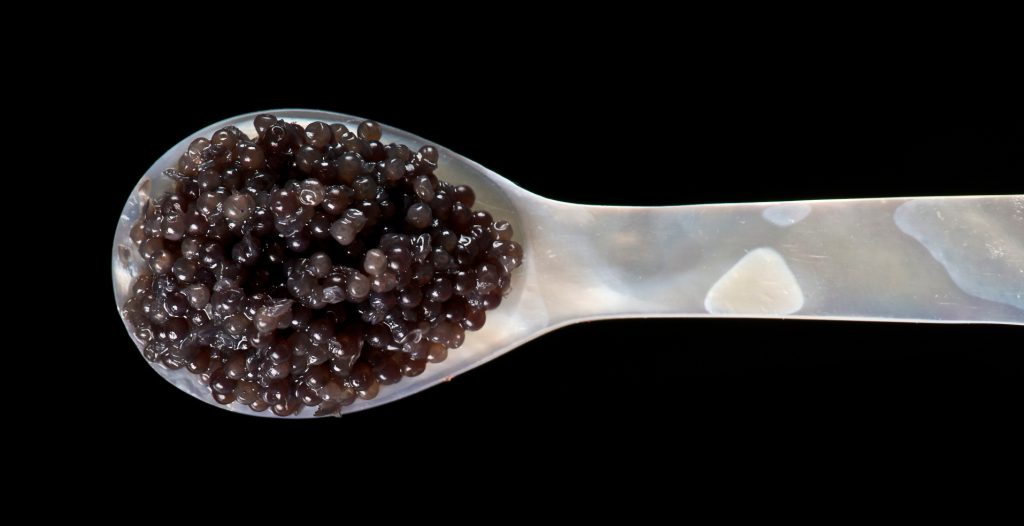
Beluga caviar is considered one of the most luxurious and expensive delicacies in the world. Harvested from the Beluga sturgeon (Huso huso), which is found in the Caspian Sea, this rare caviar is prized for its large, delicate pearls and smooth, buttery texture. Due to overfishing and strict regulations, its availability is highly limited, making it a sought-after gourmet ingredient.
Price per Ounce of Authentic Beluga Caviar
The price per ounce of authentic Beluga caviar ranges from US$200 to US$500, with premium selections costing more. Strict regulations and limited availability contribute to its high value. The highest-grade Beluga caviar, often labeled “000”, features light gray pearls. Strict regulations and limited availability contribute to its high value.
How to Properly Serve and Enjoy Beluga Caviar
Storage – Keep refrigerated at 28–32°F (-2–0°C) and consume within 48 hours after opening.
Serving – Use mother-of-pearl spoons to preserve its delicate taste.
Pairing – Enjoy with blinis, toast points, or crème fraîche, paired with vodka or champagne.
As one of the 10 most exclusive and expensive gourmet foods, Beluga caviar represents true culinary indulgence. Whether exploring the price per ounce of authentic Beluga caviar or learning how to properly serve and enjoy Beluga caviar, attention to detail is essential for experiencing this rare delicacy at its finest.
8. Kobe Beef -The Pinnacle of Wagyu
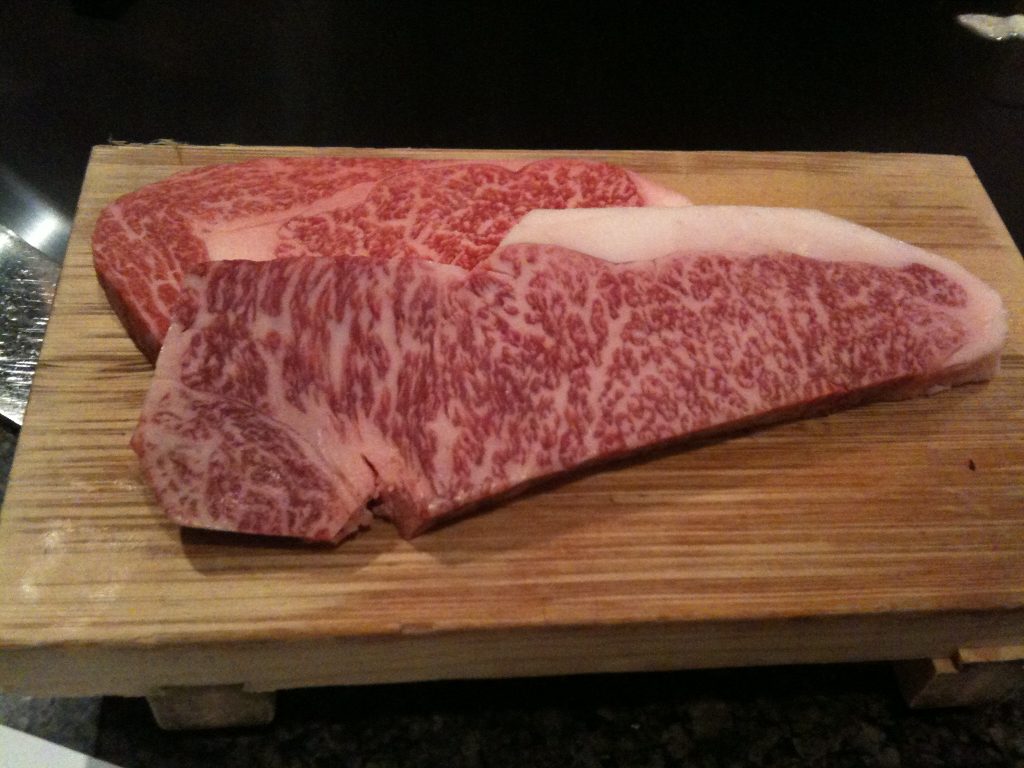
Kobe beef is one of the most sought-after meats in the world, known for its exceptional marbling, tenderness, and rich umami flavor. Sourced from purebred Tajima-gyu cattle raised in Japan’s Hyogo Prefecture, this beef follows strict regulations to earn its Kobe designation.
Differences Between Kobe Beef and Other Wagyu Beef
While all Kobe beef is Wagyu, not all Wagyu qualifies as Kobe. The differences between Kobe beef and other Wagyu beef lie in breed, origin, marbling, and certification. Only Tajima-gyu cattle raised in Hyogo Prefecture can be labeled Kobe, whereas other Wagyu varieties come from different regions. Kobe beef also features superior marbling, resulting in a softer texture and richer taste. Each authentic cut carries a unique 10-digit ID number to verify its origin.
Best Cooking Methods for Premium Kobe Beef Steaks
The best cooking methods for premium Kobe beef steaks focus on simplicity to preserve its delicate fat. A quick sear in a cast iron pan over low to medium heat allows the marbling to melt, enhancing flavor. Minimal seasoning, such as a pinch of salt, brings out its natural umami. Traditionally, Kobe beef is rested and sliced into bite-sized pieces for optimal texture.
7. Saffron – The World’s Most Expensive Spice
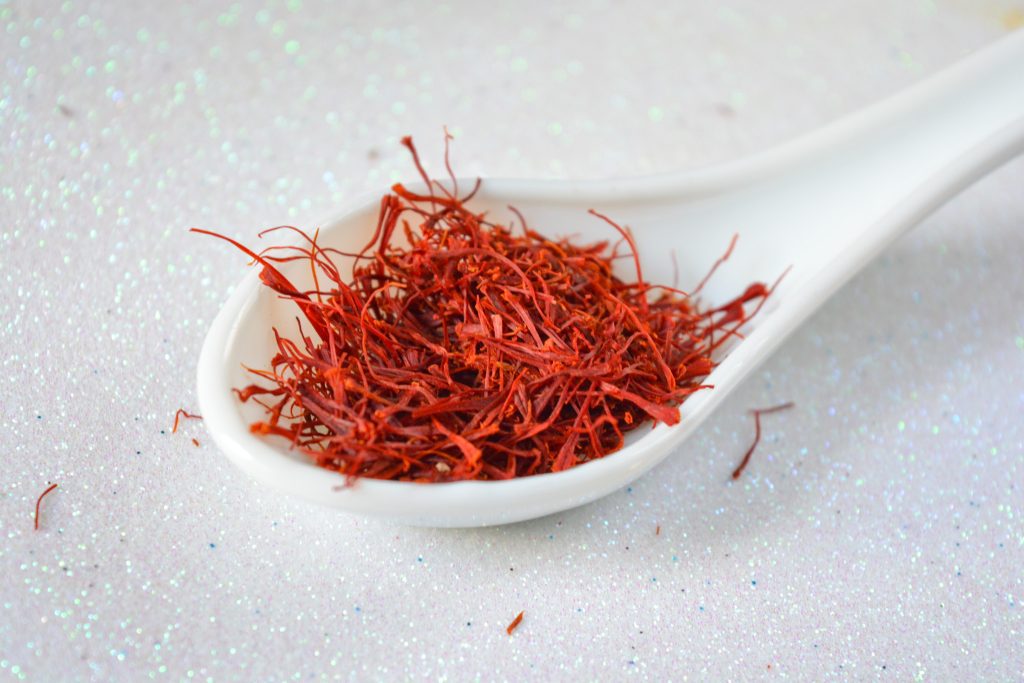
Saffron, known as “red gold,” is prized for its vibrant color, floral aroma, and rich flavor. Harvested from the Crocus sativus flower, it takes thousands of blossoms to produce a single ounce, making it the most expensive spice in the world.
How to Identify Real Saffron Versus Fake Saffron
Due to its high value, fake saffron is common. Real saffron threads are deep red with lighter tips and release a golden hue slowly when soaked in warm water. Fake saffron, often dyed substitutes, colors water instantly and lacks saffron’s distinct honey-like scent. A simple rub test should confirm its authentic aroma and non-dissolving nature.
Best Saffron Brands for Culinary Use
The best saffron brands for culinary use ensure purity and potency. Trusted names include Mehr Saffron, Golden Saffron, and The Gathering of Saffron, sourcing from Iran, Spain, and Kashmir—the top saffron-producing regions. These brands provide lab-tested, hand-harvested saffron threads for superior quality.
Traditional Recipes Using High-Quality Saffron Threads
Saffron enhances dishes worldwide. Spanish paella gets its signature golden hue from saffron, while Persian saffron rice (Tahdig) develops a crisp, flavorful crust. In Indian biryani, saffron is bloomed in warm milk before layering into fragrant basmati rice. It’s also key in French bouillabaisse and Middle Eastern desserts like saffron-infused baklava.
6. Matsutake Mushrooms – A Fungal Rarity
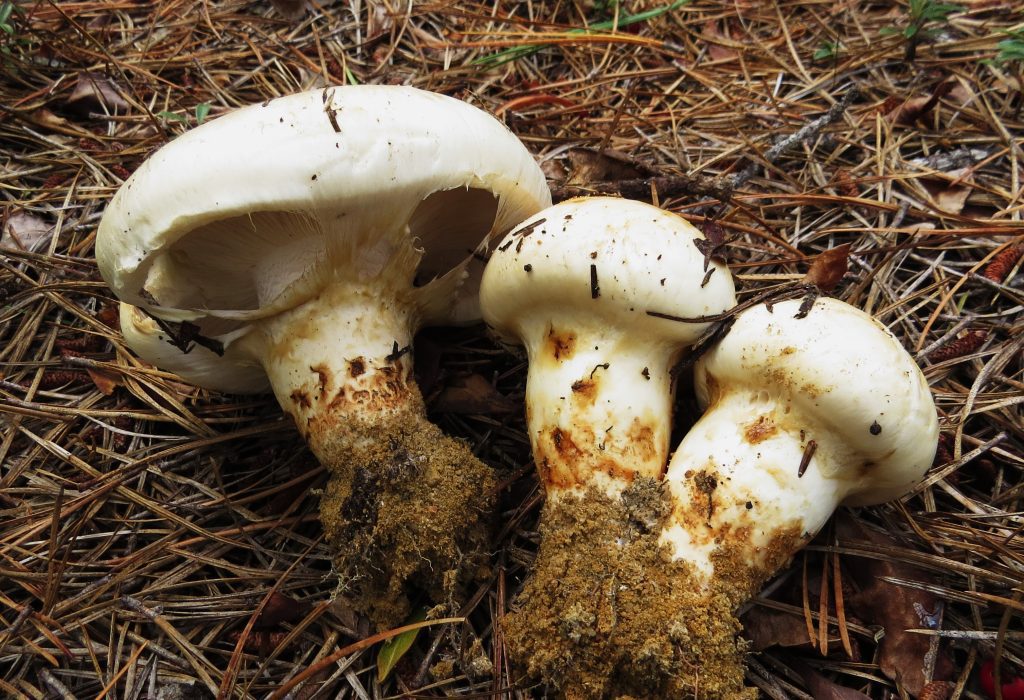
Matsutake mushrooms are a delicacy in Japanese cuisine, known for their earthy aroma and unique flavor. These rare mushrooms grow in the wild, primarily in Japan, and are highly prized for their short harvesting season and scarcity.
Where to Buy Fresh Matsutake Mushrooms in Season
Finding fresh Matsutake mushrooms in season can be challenging due to their limited availability. They are typically sold during the fall months, and high-end gourmet markets or online specialty retailers are the best places to find them. Authentic Matsutake is often shipped from Japan or other regions of Asia, where they are hand-harvested by skilled foragers.
Japanese Recipes Featuring Matsutake Mushrooms
In Japan, Matsutake mushrooms are featured in several traditional dishes. Matsutake gohan, a rice dish infused with the mushrooms’ flavor, is a favorite. Matsutake soup (Suimono) and miso soup are other common preparations, highlighting their earthy aroma. The mushrooms are also served simply grilled or added to shabu-shabu (hot pot).
Health Benefits of Consuming Matsutake Mushrooms
Matsutake mushrooms are not only a culinary treasure but also offer various health benefits. Rich in antioxidants, they support immune function and have anti-inflammatory properties. Matsutake mushrooms are also believed to aid in detoxification and promote digestive health, thanks to their high fiber content.
5. Kopi Luwak – The World’s Most Exclusive Coffee
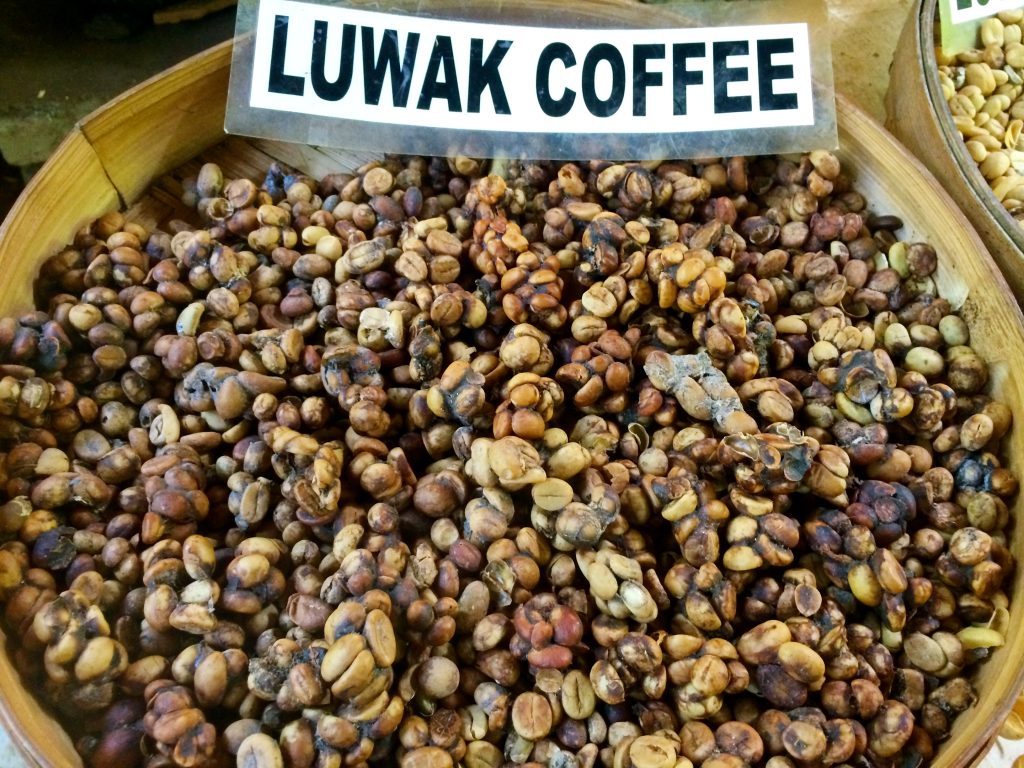
Kopi Luwak is a uniquely processed coffee made using beans that have passed through the digestive system of the Asian palm civet. This unusual method is believed to enhance the flavor and reduce bitterness, making it one of the most exotic brews in the world.
Flavor Profile of Genuine Kopi Luwak Coffee
The flavor profile of genuine Kopi Luwak coffee is distinct and smooth, often described as mellow, low-acid, and earthy with hints of chocolate and caramel. The fermentation process in the civet’s digestive tract reduces the bean’s bitterness and produces a complex, refined taste unlike any other coffee.
Where to Purchase Authentic Kopi Luwak Coffee Online
Due to its high price and risk of imitation, it’s important to know where to purchase authentic Kopi Luwak coffee online. Trusted sources include certified ethical producers and specialty retailers that verify humane sourcing and wild collection methods. Brands like Kopi Luwak Direct, Volcanica Coffee, and Indonesia Specialty Coffee are known for offering genuine, ethically sourced beans shipped fresh to preserve flavor.
4. Iberico Ham (Jamón Ibérico) – Spain’s Legendary Cured Ham
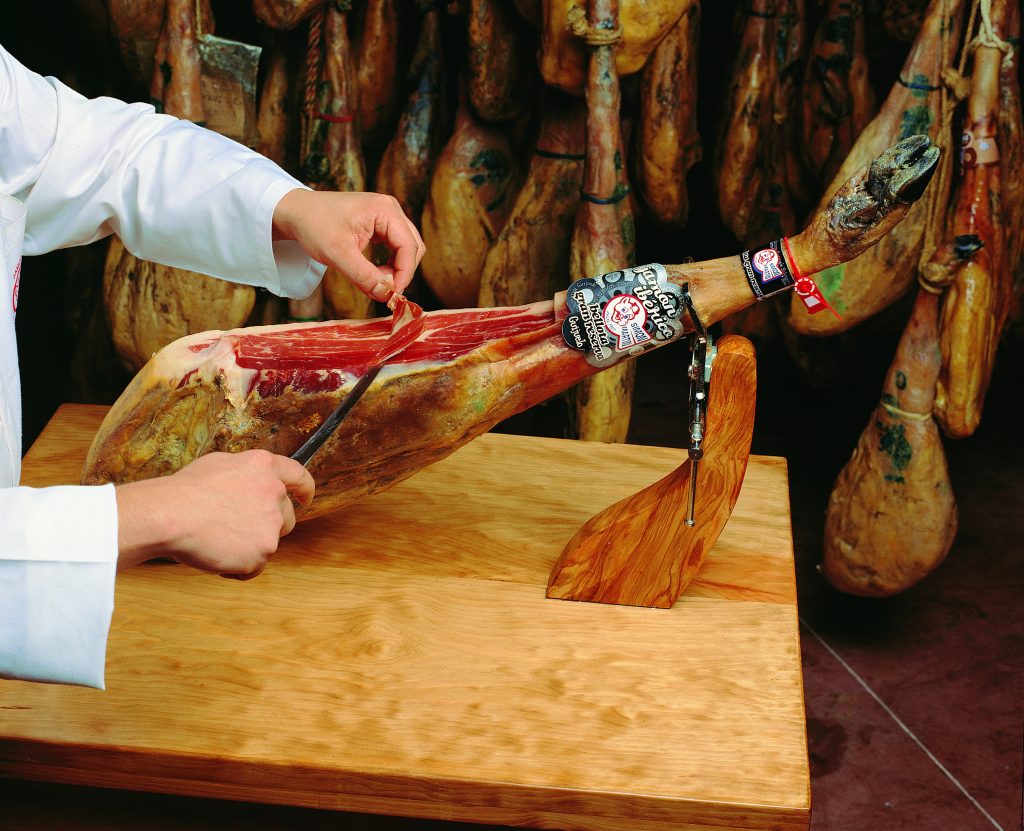
Jamón Ibérico, often regarded as one of the finest cured meats in the world, is a true icon of Spanish cuisine. Made from Iberian pigs, this ham is air-cured for up to four years, developing a deep, nutty flavor and melt-in-your-mouth texture. Its rarity and rich flavor place it among rare and expensive foods that only the wealthy can afford.
Differences Between Jamón Ibérico de Bellota and Other Iberico Ham
The differences lie in between the pig’s diet and lifestyle. Bellota-grade ham comes from free-range pigs that roam oak forests and feed on acorns, resulting in a richer flavor and softer texture. Lower grades, like Cebo or Recebo, are from pigs fed a grain-based diet and are typically less marbled and complex.
How to Carve and Serve Jamón Ibérico Properly
To enjoy it fully, it’s essential to know how to carve and serve Jamón Ibérico properly. The ham is best sliced paper-thin using a long, flexible jamonero knife. Slicing should follow the grain, and the fat should be left intact for flavor. It’s traditionally served at room temperature, allowing the fats to soften and the aroma to develop.
Best Wine Pairings for Aged Jamón Ibérico
The ideal wine pairings highlight its rich and savory notes. Spanish reds like Rioja or Ribera del Duero are classic companions, while dry sherries such as Fino or Manzanilla offer a crisp contrast. For a lighter touch, Cava or Albariño can balance the ham’s intensity with freshness and acidity.
3. Densuke Watermelon – Japan’s Black Jewel
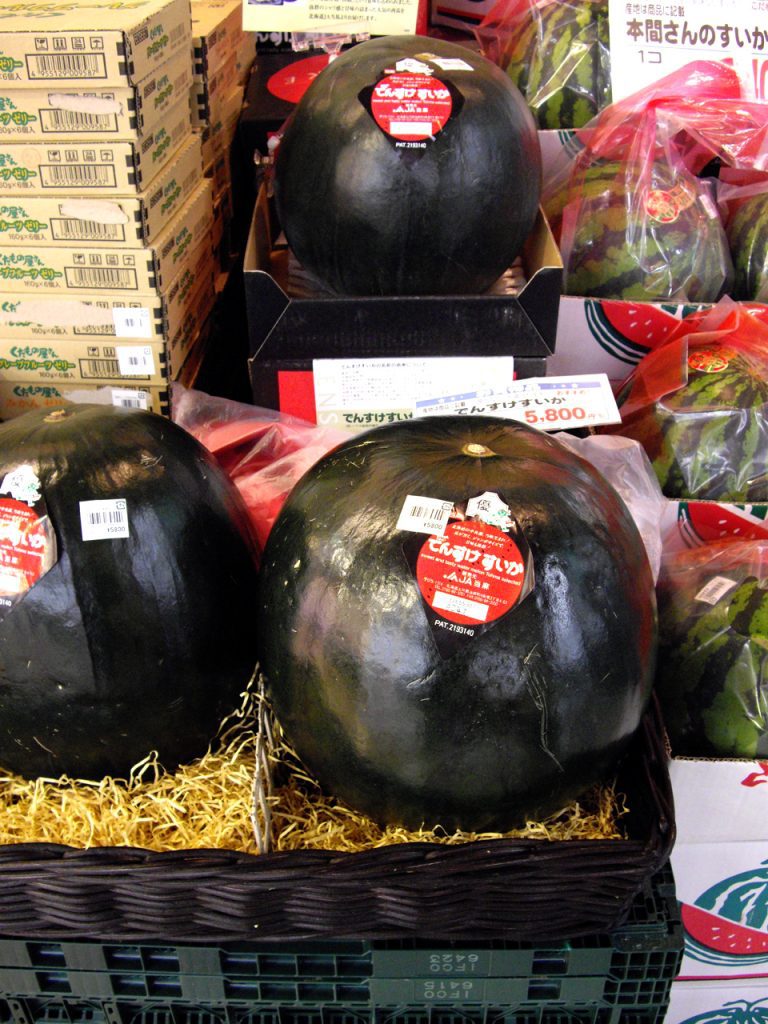
The Densuke watermelon is a rare, jet-black variety grown exclusively on Japan’s northern island of Hokkaido. Known for its crisp texture, deep sweetness, and low seed count, it’s a luxury fruit often gifted during special occasions—and a standout among ultimate luxury food Items.
Average Price of a Densuke Watermelon in Japan
In Japan it ranges from US$200 to US$500, but the finest specimens can fetch thousands. In some cases, especially during the first harvest of the season, individual melons have sold at auction for over US$6,000 due to their perfection and status.
Why Is the Densuke Watermelon So Expensive
So, why is the Densuke watermelon so expensive? It’s all about rarity, quality, and tradition. Only a few thousand are grown each year, and each is hand-selected for perfect shape and sugar content. Their unique black rind and exclusivity make them a luxury symbol in Japan, often reserved for formal gifts.
Where to Find Information on Densuke Watermelon Auctions
Those interested in these high-end fruits can find updates and results from Densuke watermelon auctions through Japanese agricultural co-ops, Hokkaido produce markets, or export specialty fruit retailers. Online platforms occasionally share auction highlights, especially when record-breaking prices are reached.
The Densuke watermelon isn’t just fruit—it’s a cultural icon and status symbol, worthy of attention for anyone fascinated by the world’s most exclusive and luxurious foods.
2. Almas Caviar – The Diamond of the Sea
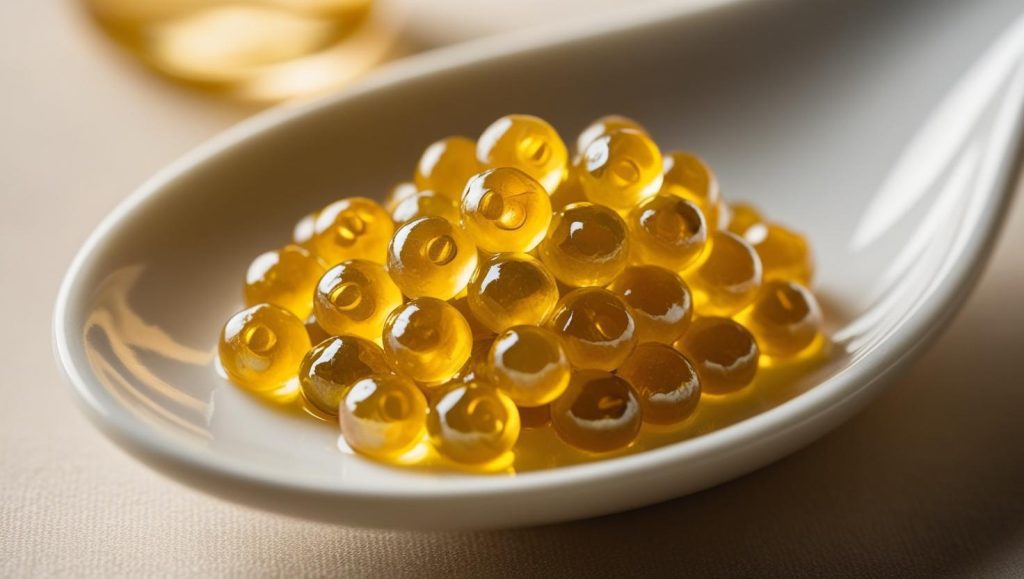
Almas Caviar, often called the most luxurious caviar in the world, is a rare delicacy harvested from albino sturgeon aged over 100 years, found primarily in the southern Caspian Sea. Presented in 24-karat gold tins, it stands out among gastronomic delights of the wealthy.
Information on the Rarity of Almas Caviar
The rarity of Almas Caviar lies in both the fish and the process. Albino sturgeon are extremely rare, and their eggs must be carefully harvested and aged to develop the subtle, buttery flavor Almas is known for. Only a limited amount is produced globally each year, making it incredibly exclusive.
Places That Serve Almas Caviar
Due to its high cost, Almas Caviar is served only at exclusive restaurants, luxury hotels, and private clubs. Notable venues include Caviar House & Prunier in London, upscale Parisian dining rooms, and select Michelin-starred restaurants worldwide that offer curated caviar tastings for high-end clientele.
What Makes Almas Caviar the Most Expensive Caviar
What makes Almas the most expensive caviar is a combination of factors: the extreme rarity of albino sturgeon, the delicate harvesting process, and its presentation in gold-plated tins. Prices can reach over US$25,000 per kilogram, placing it firmly in the realm of culinary luxury.
For connoisseurs seeking the absolute pinnacle of indulgence, Almas Caviar is a shining symbol of wealth, exclusivity, and refined taste.
1. Bird’s Nest Soup – A Delicate and Priceless Elixir
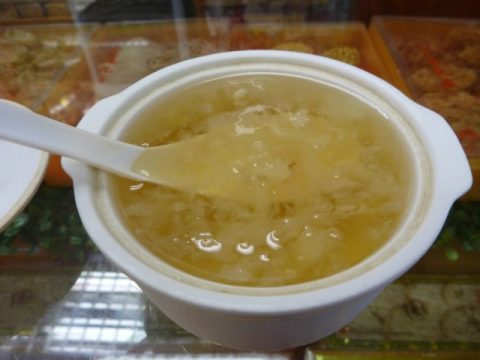
Bird’s Nest Soup is a legendary delicacy in Chinese cuisine, made from the saliva nests of swiftlets. Highly valued for its gelatinous texture and medicinal reputation, it’s long been reserved for emperors and elites—an enduring staple among rare and expensive foods that only the wealthy can afford.
Traditional Preparation Methods for Bird’s Nest Soup
The preparation methods involve soaking the nest for hours to soften and remove impurities, followed by gentle simmering in rock sugar syrup or savory broth. The process is slow and precise, preserving the nest’s delicate, jelly-like texture and subtle flavor.
Health Benefits Associated with Bird’s Nest Soup Consumption
Bird’s Nest Soup is believed to offer numerous health benefits, particularly in traditional Chinese medicine. It’s said to support skin health, boost the immune system, aid digestion, and promote overall vitality. Rich in glycoproteins and amino acids, it’s often consumed as a natural wellness tonic.
Where to Find Authentic Bird’s Nest Soup Restaurants
You can find authentic Bird’s Nest Soup restaurants in major Asian cities like Hong Kong, Singapore, Kuala Lumpur, and Beijing, often within luxury hotels or upscale Cantonese restaurants. Some establishments also offer it as part of high-end tasting menus or traditional Chinese banquets.
From ancient royal courts to modern luxury dining, Bird’s Nest Soup continues to captivate with its rarity, tradition, and perceived healing powers—earning its place among the world’s most exquisite and exclusive foods.

